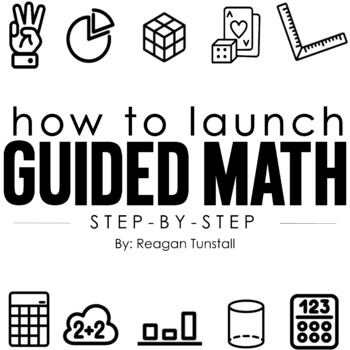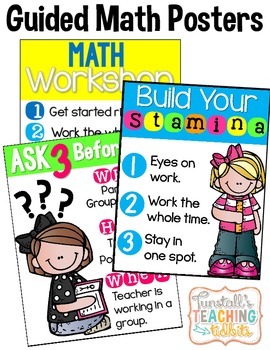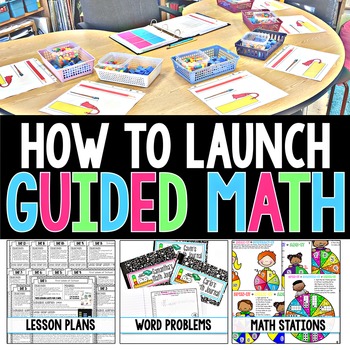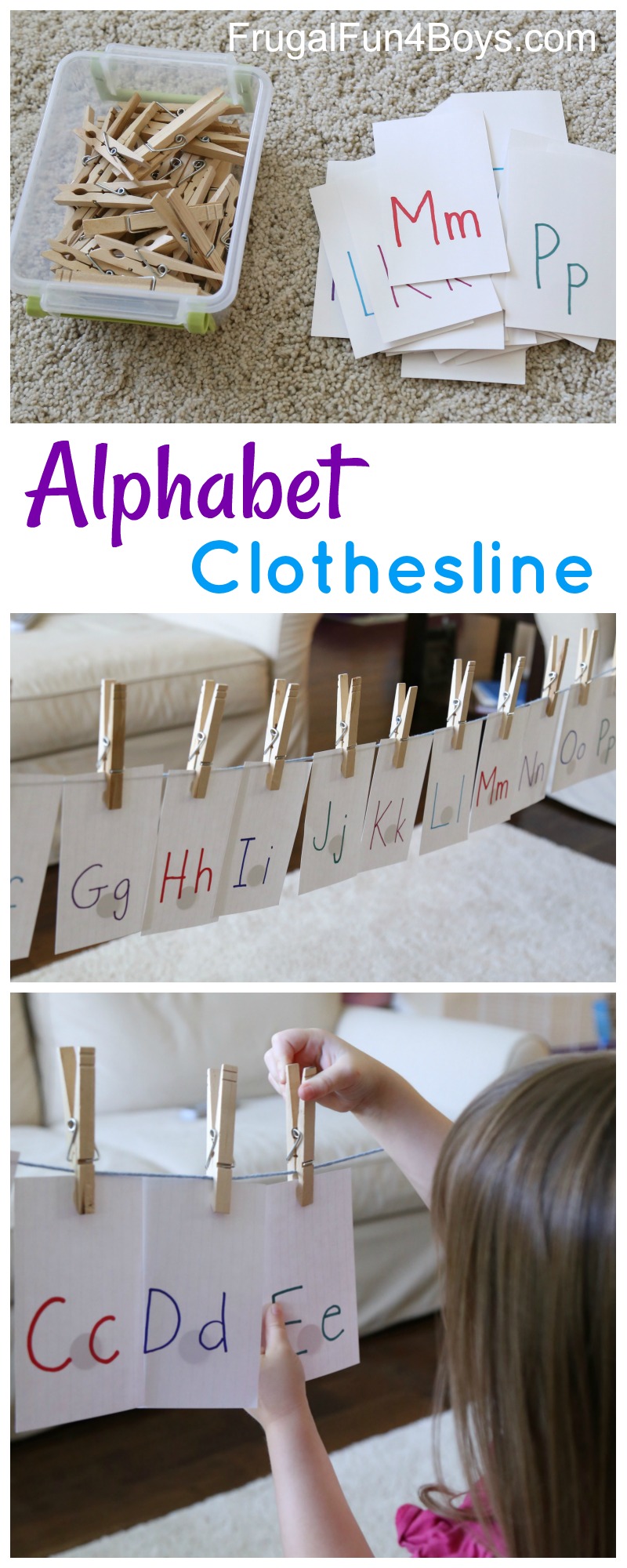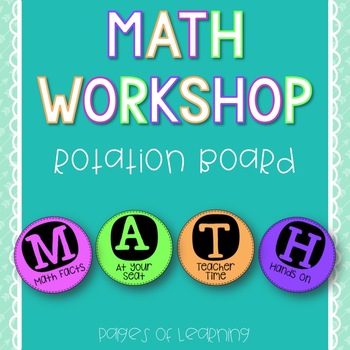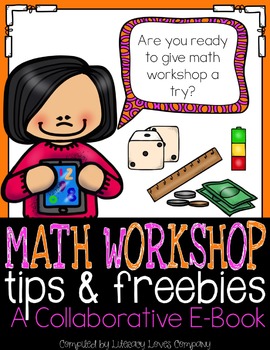I ran across this infographic and knew I was on the right track!
I too was a firm believer in tricks. Simple quick techniques I could teach my students to get the right answer. That is what is important right?
The tricky part of solving word problems is truly digging deeper and understanding the relationship between the numbers and actions in the problem.
Such tricks like CUBES or CUBS will produce the right answers sometimes. Keywords will produce the correct response sometimes but what happens when students get to a problem that does not respond to the "tricks?"
How do we do this? How do we get students to problem-solve without tricks?
Numberless Word Problems: It stops those number grabbers in their tracks! They help students begin to generalize and plan a strategy.
Number Routines: Number Talks where students have the opportunity to interact with non-routine kinds of problems to help them develop problem-solving routines.
Think Alouds: Just like in reading, model your thinking as you solve a problem.
Vocabulary IN CONTEXT: Meaning not teaching keywords as a strategy but teaching them to show how they relate to the content within a word problem. Students need to understand that the math term SUM is the result of addition but just because they see it in a word problem doesn't mean they should add all the numbers together.
Students need to make sense of what is happening in the problem before they can develop a plan for how they will solve it.
Take a moment and read about The Stop Sign Strategy from I Heart Recess. What are your thoughts?







